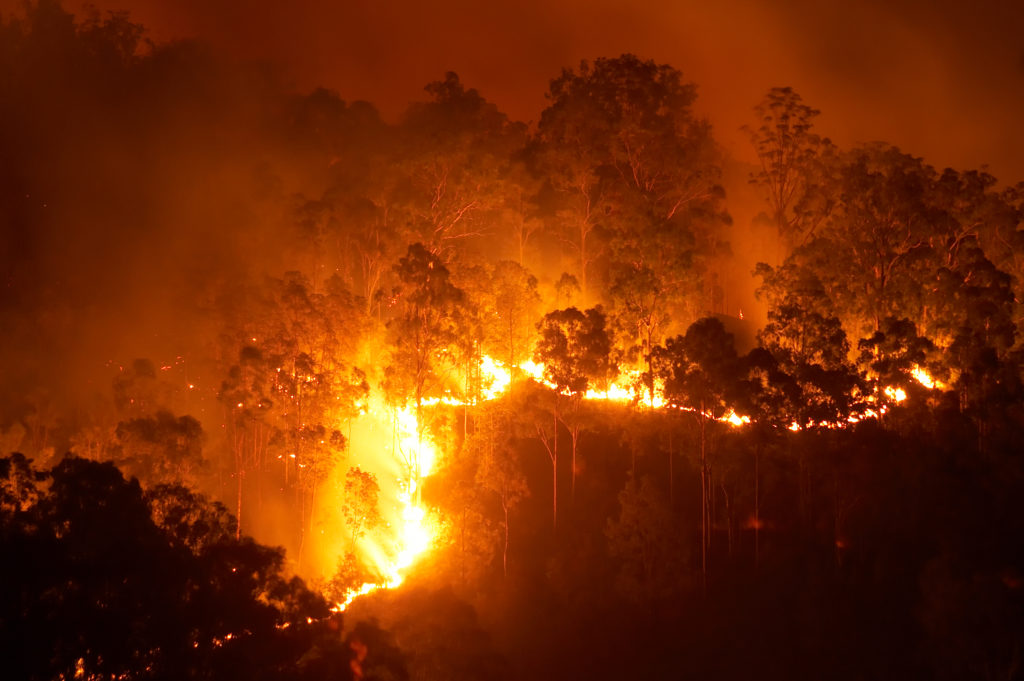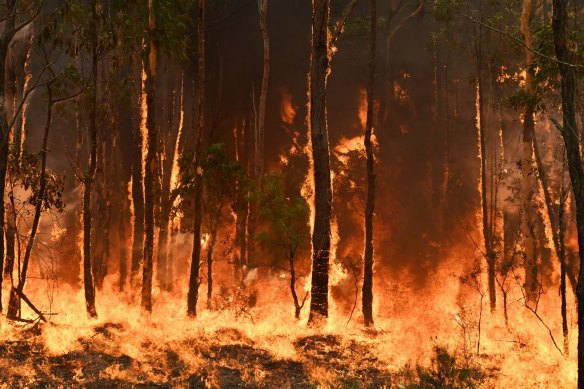Past Conformity: Enhancing Residential Property Safety with a Thorough BAL Report Evaluation
Past Conformity: Enhancing Residential Property Safety with a Thorough BAL Report Evaluation
Blog Article
How BAL Report Impacts Bush Fire Protection Actions
In the world of bush fire protection, the Structure Strike Degree (BAL) report stands as a critical tool that substantially influences the security and strength of residential properties in fire-prone areas - BAL Report. The impact of a BAL analysis extends much beyond simple documents; it works as the cornerstone for figuring out the suitable building and construction standards and fire security actions required to reduce the dangers posed by bushfires. As communities grapple with significantly serious fire periods, comprehending how the BAL record shapes these safety procedures comes to be vital for policymakers, contractors, and property owners alike
Recognizing the Bushfire Assault Degree

Significance of BAL Record Analysis

Moreover, the BAL record assessment serves as a fundamental action in following legal commitments and needs associated with bushfire protection. Local councils and authorities typically mandate the entry of a BAL report as component of the preparation and building authorization process to ensure that residential or commercial properties are adequately guarded against bushfire dangers. Stopping working to conduct a comprehensive BAL report analysis can result in insufficient security measures, leaving residential or commercial properties vulnerable to devastating bushfire occurrences.
Building Specifications Based Upon BAL
A detailed understanding of the Bushfire Assault Level (BAL) allows residential or commercial property proprietors to implement building requirements customized to their particular risk account. Building and construction criteria based on BAL are crucial in alleviating the impact of bushfires on residential properties. The BAL rating categorizes the potential threat a building faces during a bushfire on a scale from BAL-Low to BAL-FZ (Flame Area) Each BAL level corresponds to certain building requirements detailed in the Australian Conventional AS3959-2018 Building of Buildings in Bushfire-Prone Locations. Properties classified as BAL-Low might just need fundamental steps such as getting rid of debris and keeping gardens, while those in greater BAL classifications need even more durable procedures like coal displays, fire-resistant materials, and sealed windows. Following these building and construction requirements not only improves the structural resilience of the residential property yet additionally enhances the overall security of homeowners during a bushfire event. Home proprietors must very carefully consider their BAL rating and conform with the equivalent building and construction standards to effectively protect their residents and homes.
Executing Fire Defense Actions
With the structure of building requirements based upon Bushfire Strike Level (BAL) in position, the emphasis now shifts towards the functional execution of fire protection actions to strengthen properties versus bushfire hazards. Applying fire protection actions includes a mix of passive and energetic strategies to enhance the resilience of buildings in bushfire-prone areas. Easy measures include utilizing fireproof building products, setting up ash guards on vents, securing voids in roof coverings and walls, and preserving a clear room around the residential or go now commercial property totally free from flammable vegetation. Energetic actions encompass having firefighting devices readily available, such as hoses and water pumps, in addition to creating a defendable area around the home by getting rid of greenery and having a properly maintained yard. Furthermore, establishing an emptying plan and making certain all homeowners are mindful of emergency treatments are crucial parts of reliable fire protection procedures. By incorporating both passive and active methods, residential or commercial properties can significantly lower their vulnerability to bushfire incidents and enhance the safety and security of occupants.
Safeguarding Houses Versus Bushfires
Effectively securing homes versus the damaging impacts of bushfires calls for a detailed and proactive strategy to fire protection measures. Furthermore, sealing vents and gaps to stop ember invasion, as well as including fire-resistant doors and windows, can aid fortify the home's protection versus bushfires. By welcoming an aggressive position and integrating these protective procedures, homeowners can considerably enhance their opportunities of protecting their homes against bushfires.
Verdict
Finally, the Bushfire Attack Degree (BAL) report plays a critical role in identifying the required protection measures versus bushfires. By evaluating the BAL, building and construction criteria can visit our website be tailored to mitigate the risks and make sure the safety and security of homes in fire-prone locations. Applying fire security steps based on the BAL report is essential in securing residential properties from prospective bushfire threats. It is vital for homeowners to prioritize BAL analyses and follow recommended construction standards to improve bushfire strength.
In analyzing bushfire risk to residential properties, recognizing the Bushfire Strike Level (BAL) is an essential part for implementing effective protection actions. Generally, a clear understanding of the Bushfire Strike Level is vital for applying ample protection measures and minimizing the influence of bushfires on residential or commercial properties.

Report this page